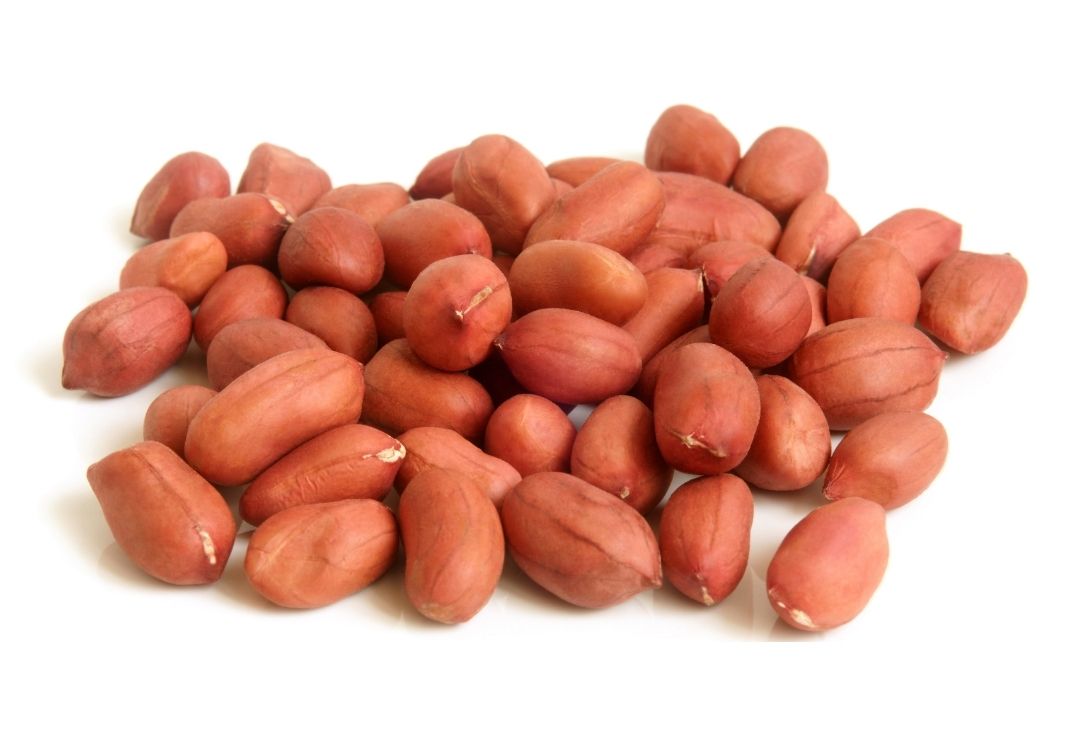Botanical Characteristics
Plant Structure: Groundnut plants are annual, herbaceous, and typically grow between 30 to 50 cm tall.
Leaves: They possess opposite, pinnate leaves with four leaflets.
Flowers: The plant produces yellow, orange, cream, or white flowers.
Pods: After pollination, the flowers produce ‘pegs’ that penetrate the soil, developing into pods underground. Each pod contains one to five seeds, commonly referred to as peanuts.
Culinary Uses
Groundnuts are versatile in cooking and are consumed in various forms:
Raw or Roasted: Consumed as snacks or used in cooking.
Groundnut Oil: Extracted oil used for frying and cooking.
Peanut Butter: A spread made from ground peanuts, popular in many cuisines.
Sweets and Snacks: In India, groundnuts are used in making chikki (a sweet made with jaggery), chutneys, and various snacks.
Culinary Ingredient: Incorporated into sauces, curries, and stews to add flavor and texture.
Container Capacity
| Type Of Container | SPECIFICATIONS |
| 20 Feet | 20 Metric tons (MT) |
| 40 Feet | 27 Metric Tons (MT) |
Nutritional Profile
Groundnuts are rich in:
Protein: Approximately 25–30%.
Fat: 40–50%, predominantly healthy unsaturated fats.
Minerals: Calcium, magnesium, phosphorus, potassium, and iron.
Vitamins: B-vitamins, including niacin, folate, and thiamine.
Antioxidants: Such as resveratrol and vitamin E, contributing to heart health.
These nutrients make groundnuts a valuable food source, especially in regions with limited access to animal proteins.
Cultivation in India
India is a major producer of groundnuts, with significant cultivation in states like Gujarat, Andhra Pradesh, Tamil Nadu, and Karnataka. The country produces various varieties, including Kadiri-2, Kadiri-3, BG-1, BG-2, and Kuber. Groundnuts are typically grown in two cycles: Rabi (winter) and Kharif (summer), ensuring year-round availability.
- Storage: They should be stored in a cool, dry place to prevent mold growth, which can produce aflatoxins—a potent carcinogen.
- Processing: Roasting or boiling groundnuts can reduce the risk of aflatoxin contamination.





